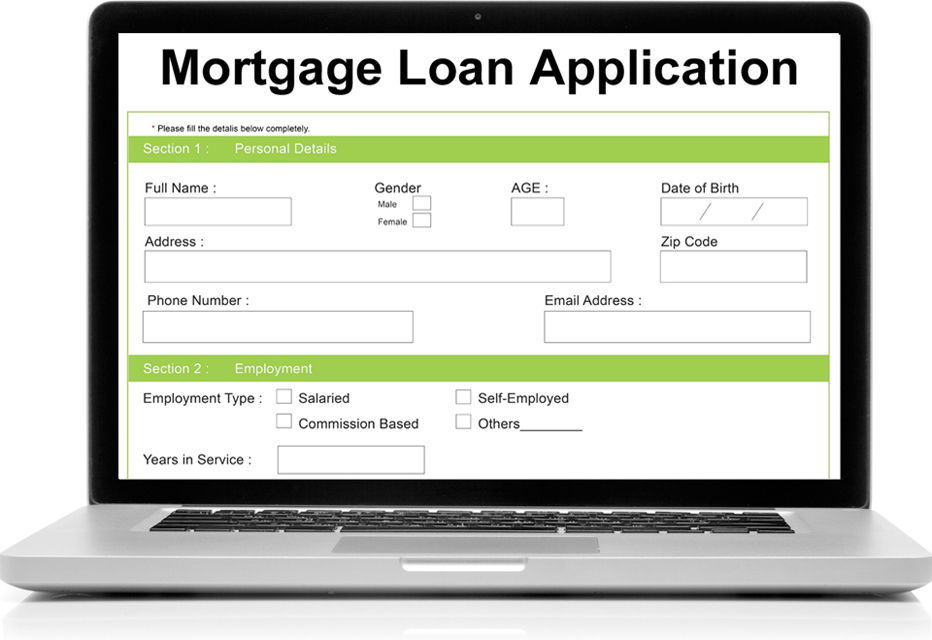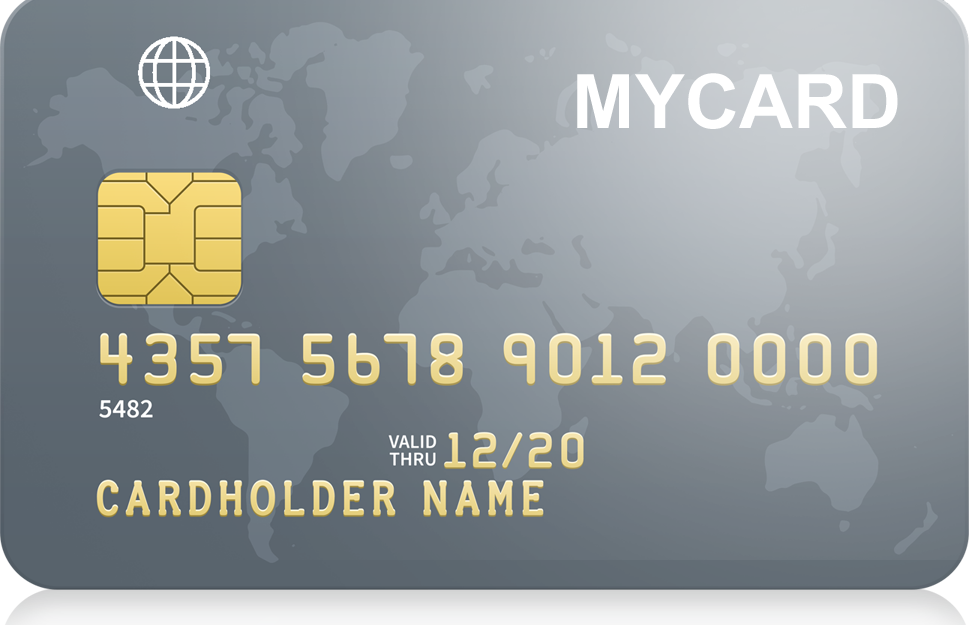October 3, 2010 (Jeff Alan)
One of the hardest things to understand, especially for first time homebuyers is the difference between what is the “interest rate” and what is the “annual percentage rate (APR). When evaluating loan offers it’s important to understand the difference between the interest rate and the Annual Percentage Rate because not knowing could end up costing you a lot of many in the long run.
Companies are required by law to post the APR next to the interest rate because the interest rate alone is not necessarily an accurate expression of a loan’s cost. A simple summary of the differences between the two rates is this:
The interest rate is the percentage of the loan amount that the bank is charging you to borrow money. The APR, by contrast, includes other costs of the loan (the upfront fees and any discount points) and calculates them as a yearly percentage of the loan amount. Because of this, APR is a more accurate representation of the true cost of a loan.
It is a good idea to compare the APR of different loan offers to get an idea of which loan has the larger overall cost. Let’s look a little closer…
One of the items that creates the biggest difference between the interest rate and the APR is discount points (pre-paid interest) also sometimes referred to as “points.” When you pay points, you are essentially paying the lender a portion of their interest income up front, in return for a lower interest rate over the life of the loan. A “point” equals 1 percent of the loan amount and will typically lower the interest rate by 0.125 percent. So if the interest rate is 6.5 percent, you could lower it to 6.375 percent by paying for one discount point.
Paying points is usually the largest fee associated with your loan. Depending on your financial situation you may choose or choose not to pay points. The more points you pay, the greater the difference between the interest rate and the APR, however, if you stay in your home for a long period of time, paying points will save you far more money in the long run. Your lender can give you a comparison.
The origination fee and any other lending fees — think of these as the lender’s service charges – are included in the APR calculation. These fees can rack up, so they can be a useful point of comparison when deciding between lenders. Some lenders have different fees or can charge more for the same fees, this would increase your loan costs, thus your APR would be higher. Private mortgage insurance (PMI), which most lenders require if you have a down payment of less than 20 percent of the home’s value, is also included in the APR equation. There are other fees to getting a loan as well, but since these are third-party fees — assessed by companies other than the lender — they are not included in the APR.
The costs included in the APR are spread across the entire term of the loan, in most cases thirty years. Since very few homeowners keep their mortgage this long, if you refinance or move in five to seven years, the mortgage with high up-front costs may turn out to be more expensive than the APR suggests.



